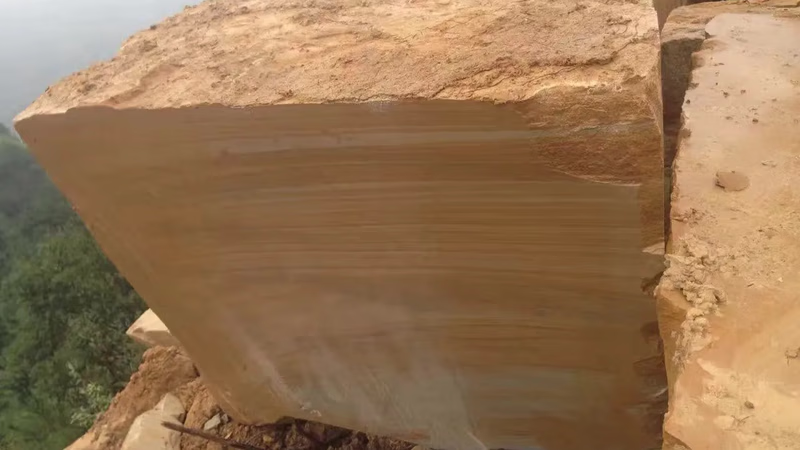
How does the Middle East dominate the natural stone trade using B2B platforms?
Sandstone, a versatile natural stone, is a cornerstone of the Middle East’s thriving trade in commodities. As a prominent material in construction and design, sandstone is widely used for facades, interior walls, garden furniture, and outdoor installations like patio tables and swimming pool edges. Its properties—durability, aesthetic appeal, and adaptability—make it a preferred choice in the natural stone market. Characterized by its grains, colors, and textures, sandstone is abundant in West Asia, home to various deposits of high-quality materials suitable for global export. The Middle East excels in the trade of natural stones, including sandstone, marble, granite, quartzite, and travertine, leveraging advanced B2B platforms to match verified exporters and buyers. The regional B2B marketplaces serve as hubs for product listings, market insights, and direct communication, ensuring streamlined supply chain solutions. With robust networks of verified exporters and importers, these platforms offer transparency and trust in transactions. Sandstone’s popularity stems not only from its applications but also its ability to compete with granite and quartzite in durability and aesthetics.
Middle Eastern B2B trade platforms, such as Aritral, play a critical role in simplifying international trade for natural stones. They provide AI-powered tools for marketing, global sales assistance, and profile management, helping businesses access the expansive market for commodities like sandstone. These platforms also highlight regional sandstone listings alongside marble, granite, and quartzite, enabling buyers to compare properties and make informed decisions. As the largest stone producer and exporter in the region, the Middle East continues to lead global trends in natural stone trade, particularly through its focus on verified markets and innovative supply chain strategies. Sandstone remains a centerpiece of this trade, offering unmatched versatility and appeal in global markets.
-
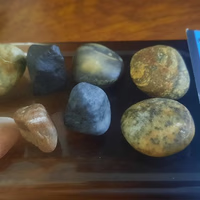 Abumazen3a2@Gmail. Com 2 months ago
Abumazen3a2@Gmail. Com 2 months ago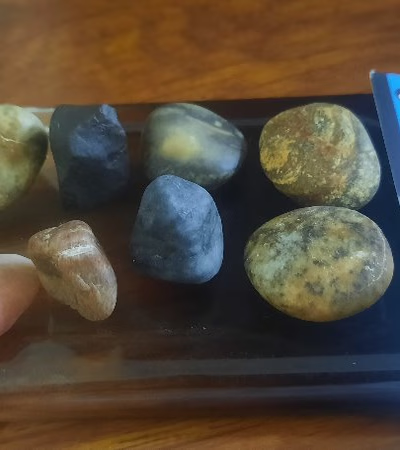 Qatar
Gem
Qatar
Gem
GemstoneDetails
-
 Kamran Rafiq 2 months ago
Kamran Rafiq 2 months ago United Arab Emirates
COAL AND BUILDING MATERIALS TRADING
United Arab Emirates
COAL AND BUILDING MATERIALS TRADING
HELLO SIR I HAVE CHARCOAL AND BUILDING MATERIALS ALL ITEM\S CONTACT +971521940923`Details
-
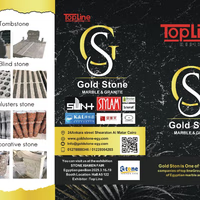 Bishoy Latif 1 months ago
Bishoy Latif 1 months ago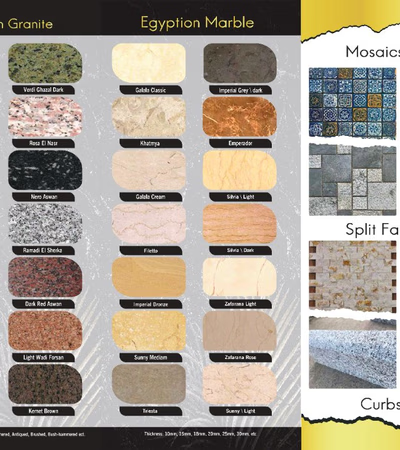 Egypt
marble and granite
Egypt
marble and granite
Export of all marble, granite, and natural stone products in all sizes and thicknesses from EgyptDetails
-
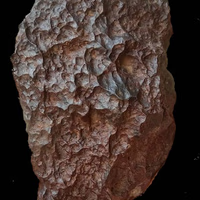 Rahmani 3 months ago
Rahmani 3 months ago Oman
meteorite
Oman
meteorite
meteorite with certificate around 3500grDetails
-
 Shahrara 1 months ago
Shahrara 1 months ago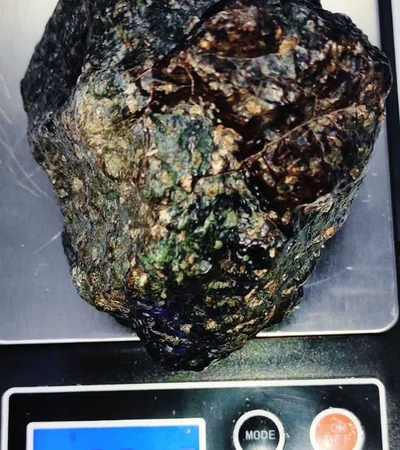 Iran
ali pournajaf
Iran
ali pournajaf
martian meteoriteDetails
-
 Mohammad Asaf 1 months ago
Mohammad Asaf 1 months ago Syria
Precious Stones
Syria
Precious Stones
Precious StonesDetails
-
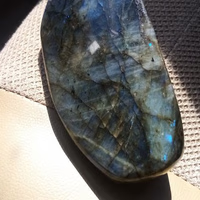 Erik 1 months ago
Erik 1 months ago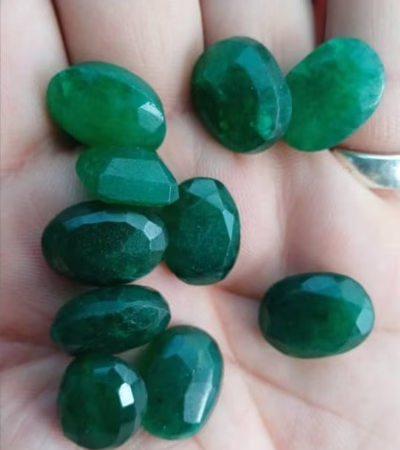 Iran
Emerald
Iran
Emerald
Emerald 52gr best quality all together 20000$Details
-
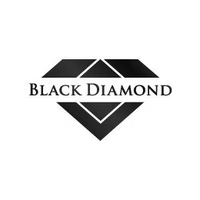 Eng. Lotfy Kamel 4 months ago
Eng. Lotfy Kamel 4 months ago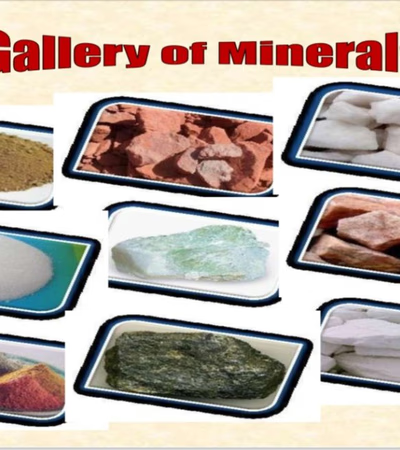 Egypt
Mineral and Industrial Raw Materials
Egypt
Mineral and Industrial Raw Materials
We are a rapidly growing Egyptian company, founded by a group of specialized experts who have great experience in the field of trade, mining, and supp...Details
-
 Abdel Moutalib 6 months ago
Abdel Moutalib 6 months ago Mauritania
Abdel Moutalib
Mauritania
Abdel Moutalib
I have some meteorites.Details
-
 Syed Najmuddin 6 months ago
Syed Najmuddin 6 months ago Pakistan
Ruby Gems
Pakistan
Ruby Gems
Natural stone from Gilgit-BaltistanDetails
-
 Cihan Ticaret 1 months ago
Cihan Ticaret 1 months ago Turkey
Construction materials, hand tools, and generators
Turkey
Construction materials, hand tools, and generators
“Your Reliable Address for All Construction Needs! ” Complete your projects with confidence using high-quality construction materials, hand tools, and...Details
-
 Minutes Dibad 1 months ago
Minutes Dibad 1 months ago Somalia
Gemstones
Somalia
Gemstones
I HAVE A GOLD SAND EVERY BODY WHO WANTS IT CAN CONTACT ME WITH +252618831779Details
-
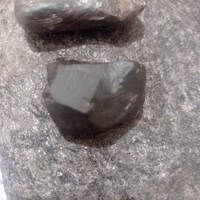 Roohullah 1 months ago
Roohullah 1 months ago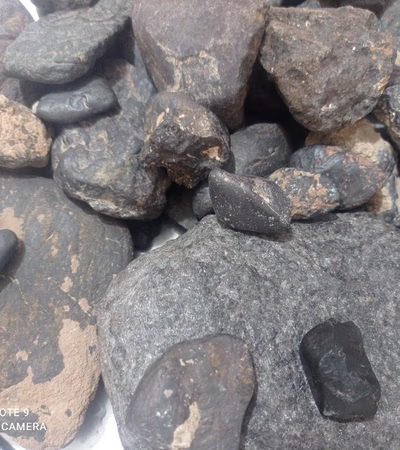 Finland
Mars Meteorite
Finland
Mars Meteorite
Mars MeteoriteDetails
-
 Abdiaziz Nur Ali 1 months ago
Abdiaziz Nur Ali 1 months ago Ethiopia
Constrantion materials
Ethiopia
Constrantion materials
Ok i am profitional of constracton because i am civil engineerDetails
-
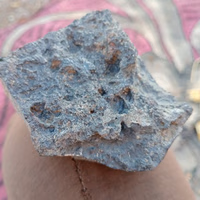 Mohammad Salam 1 months ago
Mohammad Salam 1 months ago Egypt
Meteorite
Egypt
Meteorite
The meteorite was found on ancient sea shores.Details
-
 Faheem Memon 1 months ago
Faheem Memon 1 months ago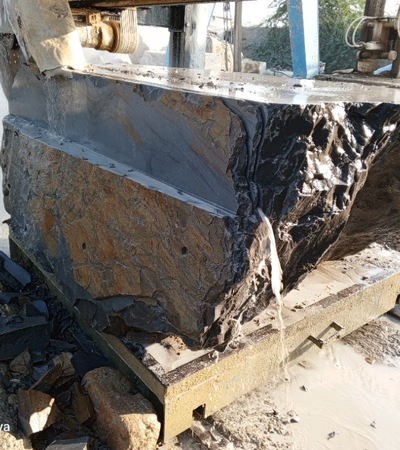 Pakistan
Stone & Marble
Pakistan
Stone & Marble
F. F. Enterprises is based in Karachi, Pakistan. Supply of stone & marble (tile, slab & block)Details
-
 Ady Ghazal 1 months ago
Ady Ghazal 1 months ago Palestine
Red Building Stone
Palestine
Red Building Stone
Stone for housesDetails
-
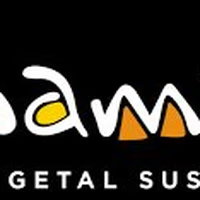 Sachamanta 16 months ago
Sachamanta 16 months ago Paraguay
charcoal
Paraguay
charcoal
Dear Colleagues, At SACHAMANTA , we are once again creating a structure that meets the ongoing demand for White Quebracho, which is synonymous of pre...Details
-
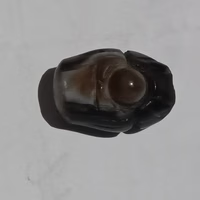 Jan Afghan 16 months ago
Jan Afghan 16 months ago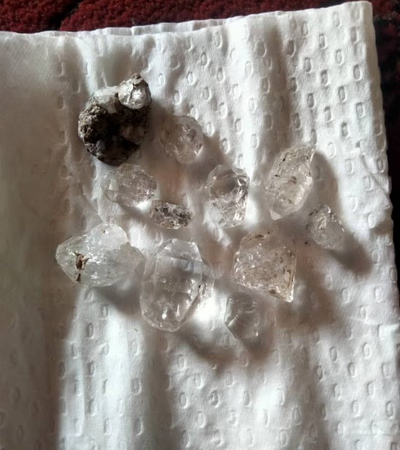 Afghanistan
Diamond
Afghanistan
Diamond
Natural crystal diamond sculptureDetails
-
Middle East Granite Trade: Trends in Natural Stone Commerce
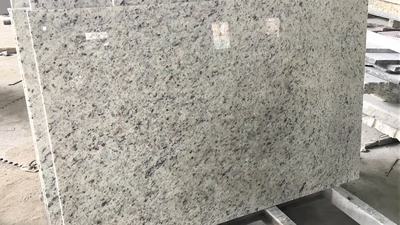
The Middle East has emerged as a pivotal hub in the global trade of natural stones, including granite, marble, sandstone, quartzite, and travertine. Leveraging advanced B2B platforms, such as those prevalent in West Asia, the region facilitates seamless connections between verified exporters and importers, bolstering its position in the international natural stone market. Granite, a durable igneous rock prized for its strength and versatility, is a cornerstone of this trade. Widely used in construction for tiles, paving slabs, countertops, and facades, granite finds robust demand across the Middle East and beyond. Regional suppliers offer distinct advantages, including high-quality stone, competitive pricing, and proximity to global shipping lanes. Buyers benefit from refined supply chain solutions and comprehensive product listings on Middle Eastern trade platforms, which provide insights into market trends and verified trading partners. While granite is celebrated for its resilience and aesthetic appeal, it can pose challenges such as higher costs and complex installation requirements. However, the advantages often outweigh these drawbacks, particularly when sourcing from West Asia, where economies of scale and advanced logistics mitigate such concerns.
In addition to granite, the Middle East is a leader in sandstone and quartzite trade. Quartzite, known for its hardness and suitability for both interior and exterior applications, is mined extensively in the region. Similarly, travertine, a popular choice for tiles and facades, benefits from the Middle East"s strategic presence in the natural stone market. Aritral, an AI-driven B2B platform, simplifies international trade by offering services such as product listing, direct communication, and AI-powered marketing, ensuring a streamlined experience for natural granite buyers and sellers. By connecting traders and providing actionable market insights, platforms like Aritral fortify the Middle East"s dominance in the natural stone trade.
-
Natural Stone Trade in the Middle East: Marble, Granite, and More
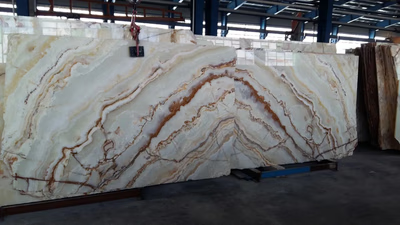
In the dynamic landscape of the Middle East’s commodity trade, natural stones such as marble, travertine, sandstone, granite, and quartzite are pivotal. These stones are not only essential for the region’s construction and design industries but also play a significant role in its export economy. Known for their unique textures and material properties, Middle Eastern marbles, including the renowned ‘Magical Middle Eastern Marble,’ are sought after for building facades, flooring, and decorative applications. The region serves as a hub for verified exporters and importers, offering a rich selection of natural marble tiles and flooring options. Travertine, a hallmark building stone in the Middle East, is extensively traded in the region due to its durability and aesthetic appeal. Its market, driven by large-scale projects and architectural trends, underscores the Middle East’s position as a significant stone producer and exporter. Similarly, sandstone, with its versatility in cladding facades, garden furniture, and pool designs, is highly valued. This material’s properties, such as weather resistance and natural beauty, make it a preferred choice for both functional and decorative uses.
Granite and quartzite, known for their robustness, are indispensable in the construction of pavements, interior facades, and other high-strength applications. The Middle East granite market continues to attract buyers and sellers, capitalizing on regional infrastructure growth. Quartzite, in particular, is mined extensively and is favored for its hardness and adaptability in exterior and interior designs. Platforms like Aritral simplify the complexities of this trade by offering regional product listings, market insights, and AI-powered marketing tools, fostering seamless business networking. For importers and exporters looking to tap into the natural stone trade of West Asia, such platforms provide a streamlined approach to engage with verified partners and leverage the growing demand for premium quality stones.
-
Quartzite and Natural Stone Trade in the Middle East

Quartzite is a highly durable metamorphic rock widely used for both exterior and interior facades, making it a prized commodity in the global natural stone trade. The Middle East has emerged as a dominant player in the trade of quartzite and other natural stones such as marble, granite, travertine, and sandstone, leveraging advanced B2B platforms and verified exporter networks. With the presence of extensive quartzite mines and being home to the largest stone producers and exporters in the region, the Middle East propels the growth of natural stone commerce across West Asia and beyond. The region’s ability to lead in this sector hinges on its robust trade platforms, such as those offering regional product listings, market insights, and direct communication between buyers and sellers. Verified exporters and importers enhance trust and transparency, ensuring high-quality supply chain solutions for stakeholders. Quartzite, along with other natural stones, is featured prominently on these platforms, enabling businesses to explore offerings tailored to global and regional demand. Middle Eastern B2B marketplaces provide vital market insights into trends like the growing demand for travertine tiles and granite slabs. These platforms also facilitate business networking opportunities, enabling buyers and sellers to connect seamlessly.
Quartzite’s unique properties—its hardness and aesthetic appeal—make it an excellent choice for construction and design, reinforcing its status as a sought-after material in the commodity trade. Aritral, an AI-driven B2B platform, simplifies the trade of quartzite and other natural stones by offering services like product listing, global sales assistance, and AI-powered marketing strategies. As the Middle East continues to dominate natural stone commerce, businesses can rely on these technological solutions to navigate the evolving landscape with efficiency and precision.
-
Middle East Sandstone Trade: A Hub for Natural Stone Commerce

Sandstone, a versatile natural stone, is a cornerstone of the Middle East’s thriving trade in commodities. As a prominent material in construction and design, sandstone is widely used for facades, interior walls, garden furniture, and outdoor installations like patio tables and swimming pool edges. Its properties—durability, aesthetic appeal, and adaptability—make it a preferred choice in the natural stone market. Characterized by its grains, colors, and textures, sandstone is abundant in West Asia, home to various deposits of high-quality materials suitable for global export. The Middle East excels in the trade of natural stones, including sandstone, marble, granite, quartzite, and travertine, leveraging advanced B2B platforms to match verified exporters and buyers. The regional B2B marketplaces serve as hubs for product listings, market insights, and direct communication, ensuring streamlined supply chain solutions. With robust networks of verified exporters and importers, these platforms offer transparency and trust in transactions. Sandstone’s popularity stems not only from its applications but also its ability to compete with granite and quartzite in durability and aesthetics.
Middle Eastern B2B trade platforms, such as Aritral, play a critical role in simplifying international trade for natural stones. They provide AI-powered tools for marketing, global sales assistance, and profile management, helping businesses access the expansive market for commodities like sandstone. These platforms also highlight regional sandstone listings alongside marble, granite, and quartzite, enabling buyers to compare properties and make informed decisions. As the largest stone producer and exporter in the region, the Middle East continues to lead global trends in natural stone trade, particularly through its focus on verified markets and innovative supply chain strategies. Sandstone remains a centerpiece of this trade, offering unmatched versatility and appeal in global markets.
-
Middle East Travertine and Natural Stone Trade Insights
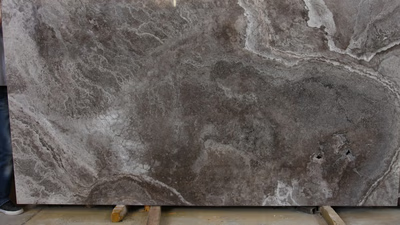
Travertine, a naturally occurring limestone prized for its unique texture and elegance, has become a cornerstone of luxury architecture and decoration across the Middle East. As demand for high-quality natural stones like travertine, marble, granite, and quartzite grows, the region has emerged as a global leader in the natural stone trade. Platforms facilitating West Asia import-export operations, such as B2B marketplaces, play a pivotal role in streamlining this trade by connecting verified exporters and importers with reliable supply chain solutions. The Middle Eastern travertine market, particularly in countries like Turkey and Iran, thrives due to the abundant regional deposits and the stone"s versatility in design applications. Travertine’s porous texture and earthy tones make it ideal for cladding facades, interior walls, garden benches, pool edges, and patio tables. Unlike marble, which is denser and more polished, travertine offers a unique ‘leather’ texture that blends rustic charm with modern aesthetics. B2B marketplaces in the Middle East are instrumental in showcasing travertine tiles and slabs alongside other natural stones such as sandstone and granite. Verified trade solutions ensure seamless transactions, while trade advertising platforms provide insights into market trends and demand fluctuations.
The use of codes like 680221 (cut or sawn stones) and 680291 (processed stone) standardizes trade within the region. The travertine market benefits from the growing preference for natural materials in sustainable construction and interior design. However, challenges such as maintenance requirements and susceptibility to staining are key considerations for buyers. Still, the stone"s durability and timeless appeal make it a preferred choice for both residential and commercial projects. Aritral, an AI-driven B2B platform, simplifies international commodity trade by offering product listings, AI-powered marketing, and account management, further enhancing accessibility in this competitive market.
-
Suitable and Unsuitable Uses of Sandstone
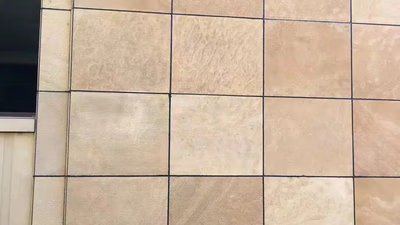
Sandstone is a versatile building material known for its durability, aesthetic appeal, and strength, making it suitable for various applications. It is commonly used in facades, walls, flooring, landscaping projects, and outdoor spaces such as pathways and patios. Its thermal properties also make it ideal for fireplace surrounds. However, sandstone has limitations due to its high porosity and water absorption. It is unsuitable for areas exposed to moisture or acidic environments, such as bathrooms or industrial settings. Additionally, sandstone may not withstand heavy loads or extreme weather conditions like freeze-thaw cycles. While it can be used for countertops, it requires regular maintenance to prevent damage from scratching and staining. Overall, understanding the appropriate uses of sandstone is crucial for maximizing its benefits while avoiding potential issues.
-
Sandstone as one of the mostp popular laminates and slabs
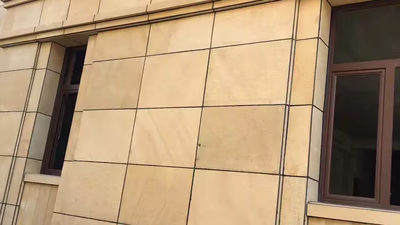
Sandstone is a versatile natural stone known for its aesthetic appeal and durability. Its unique patterns and warm tones make it suitable for various applications, including countertops, flooring, wall cladding, and outdoor spaces. The material"s excellent thermal insulation properties allow it to remain cool in warm climates, making it ideal for patios and pool areas. Sandstone is widely available across the globe, particularly in regions of Asia, which contributes to its affordability compared to other stone types. As a sustainable resource, sandstone is quarried with minimal processing, promoting environmentally friendly construction practices. Its resistance to weathering and heavy loads makes it suitable for high-traffic areas. Additionally, sandstone requires low maintenance; regular cleaning with mild soap suffices to maintain its appearance. Sealing can enhance its longevity and stain resistance.
The diverse color range of sandstone—from white to red—adds to its appeal in both construction and decorative applications. "
-
Types of Sandstone
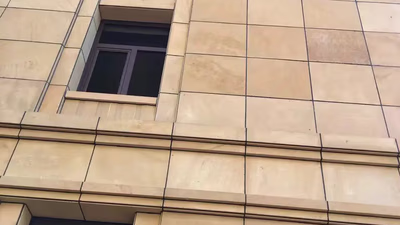
Sandstone forms in diverse environments such as deserts, riverbeds, and marine settings, influenced by sediment sources and weathering processes. Its mineral composition includes quartz, feldspar, and clay minerals, which determine its characteristics. Various types of sandstone exist: Quartz Sandstone is durable and light-colored; Arkose contains feldspar and has a reddish hue; Greywacke is dark and mixed with rock fragments; Cross-bedded sandstone features inclined layers from sand dune migration; Tuffaceous sandstone includes volcanic ash. Other types include Calcareous Sandstone, which crumbles in acidic conditions; Siliceous Sandstone, stable in acid; Iron Oxide Sandstone with brown to red colors; and Dolomite Sandstone, which is less resistant in urban areas. Weathering and erosion significantly affect sandstone"s composition over geological time scales. Environmental changes can lead to the formation of different sandstone types at various periods. Red sandstone is known for its reddish hue due to iron oxide, while white sandstone is light-colored and often used in construction. Brown sandstone has a warm appearance enriched with iron oxides.
Diagenesis involves physical and chemical changes during sediment transformation into rock, influenced by factors like temperature and pressure. Tectonic forces also contribute to the diversity of sandstone types by altering sedimentary environments. "
-
What is Sandstone?
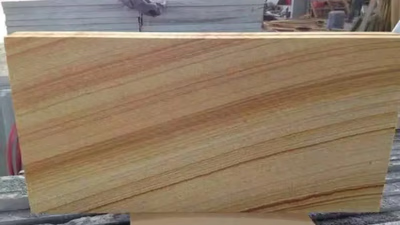
Sandstone is a sedimentary rock primarily made of sand-sized mineral particles, predominantly quartz. It forms through the compaction and cementation of sand grains over time. Sandstone is widely utilized in construction due to its durability and aesthetic appeal, serving as a building material for walls, floors, and facades. Its color varies significantly based on mineral content, ranging from white and beige to red and brown. Notable sandstone formations include the Grand Canyon and Petra"s temples. The rock"s texture can be fine- to coarse-grained, with distinct layers reflecting sediment deposition. The cementing material, which can include silica or calcium carbonate, influences the rock"s strength and appearance. Sandstone"s weather-resistant properties make it suitable for outdoor applications, while its ease of shaping allows for diverse architectural uses.
Additionally, its hardness makes it effective for sharpening tools. Overall, sandstone"s versatility in construction and historical significance as a material highlight its importance in various industries. "
-
Occurrence of Sandstone in West Asia
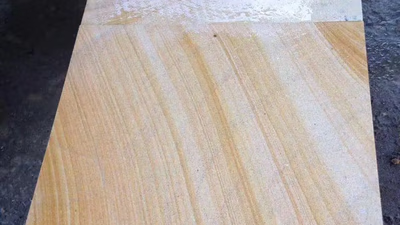
Sandstone formation in West Asia is influenced by various depositional environments, particularly deserts and ancient river systems. The process begins with the accumulation of loose sand grains, which undergo compaction and lithification to become solid rock. Cementation, involving minerals like silica and calcium carbonate, plays a crucial role in binding the grains together. Notable sandstone formations can be found in locations such as Petra, Wadi Rum, and the Al Hajar Mountains. These areas showcase stunning geological features that attract tourists and filmmakers alike. Sandstone"s permeability makes it valuable for water retention and filtration, contributing to its significance as a watershed. The composition of sandstone varies based on its distance from the source rock, with geological processes like erosion and tectonic activity further shaping these formations over time. Understanding these dynamics is essential for businesses engaged in commodity trade and supply chain solutions within the region. "
-
Characteristics of Sandstone
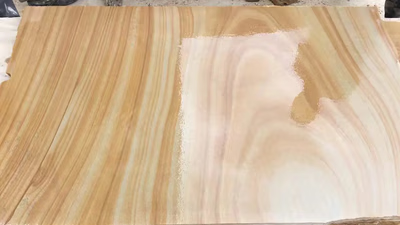
Sandstone is a sedimentary rock primarily composed of sand-sized grains, predominantly quartz, which provides its hardness and durability. The texture of sandstone varies from fine to coarse-grained, influenced by sorting and compaction. Its color spectrum ranges from tan to red, determined by mineral content and impurities like iron oxide. Sandstone is susceptible to both mechanical and chemical weathering, leading to unique landforms over time. Its workability makes it a favored material for construction and decorative applications, including walls, ceilings, and flooring. Sandstone"s thermal conductivity allows it to retain heat effectively, making it suitable for fireplaces and thermal storage systems. With a low water absorption rate of 1. 5 to 6%, sandstone is often used in outdoor settings such as patios and pool areas.
It can be categorized into four types based on its composition: clay sandstone, calcareous sandstone, siliceous sandstone, and quartzite. Notable structures made from sandstone include the White House and the Taj Mahal. The rock"s porosity varies significantly; high-porosity sandstones can be permeable, facilitating fluid movement essential for groundwater flow and oil reservoirs. Overall, the strength and durability of sandstone depend on its grain size, cementation level, and mineral makeup.




































